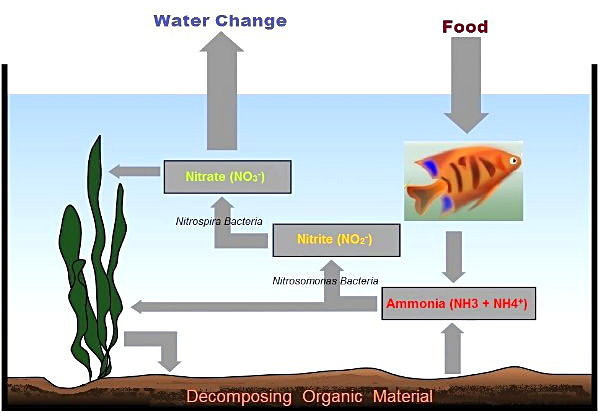This is how to cycle a tank
Cycling Your First Fresh Water Tank What is Cycling and Why is it Important? Fish waste, and especially fish breathing, plus uneaten food and other organic matter breaking down in a tank all produce Ammonia. This can quickly become toxic to fish if it is allowed to build up to any measurable...

www.fishforums.net
You can also use Tetra Safe Start to make the cycle go faster. Fish shops will not tell you about cycling, but I would read that link to see why it is important.
We do need to know the hardness of your tap water. Look on your water company's website for hardness. If they give it, you need a number rather than some vague words, and the unit of measurement as UK water companies use some odd units. Hardness varies considerably in the UK, form very hard in the south east to very soft in most of Scotland.



